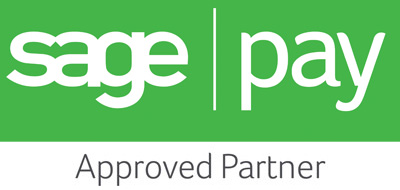Speak The Same Language As Your Customers
Engaging prospects on social media (and elsewhere) is the very essence of marketing. You're trying to grab attention and communicate effectively in order to move a person along the path from someone who had never heard of your product to a purchaser and, perhaps even an evangelist for your brand. Communication is the key challenge in marketing, so the tools and tricks we use change over time; some trends and techniques reappear in cycles while others are stalwarts.
There was a time when brands adopted a position of authority over their customers, using the idea of an expert being trustworthy and someone to listen to. With the democratisation of information everyone can find out for themselves whether what an expert says rings true, so brands no longer find that this stance is beneficial as an overall part of their marketing strategy. There are exceptions, of course, for very niche products and industries where technology develops at a rapid pace and it is not possible for customers to access the same knowledge as an expert in the field.
Overall, the current trend for language is to use approachable language and mirror the words and phrases your customers use. Not only does this make your brand appear relatable, but the process of discovering the right language provides insights for developing your marketing personas and even informing product or service design.
Use your social media activity to learn what language customers use when they talk about your products – they might have a phrase for a common problem (or fix) that you haven't heard, or there may be certain style of communication between customers and potential customers (are users friendly, respectful, authoritative?) that can inform the style you communicate in to seem approachable and knowledgeable by your demographic.
In the process of conducting this research you will probably find some common gripes or useful hacks with your product that may not have reached you through official feedback channels. Use these to inform your development and design of current and future products as it's free market research.
You'll also find some compelling phrases and testimonials in this content. You can't simply screenshot or quote this content to use in your marketing – permission must be sought even if it's a single word or a short phrase. Happily, you can easily contact people through social media and generally people are happy for their comments to be used as testimonials. Encouraging words and positive experiences from real people are incredibly compelling for potential customers. In fact, 92% of people trust peer reviews so they're as persuasive as personal recommendations from family or friends.
If you have great review statistics, or sales figures, use these in your marketing as a way to provide peer recommendations without actually quoting anyone. These statistics can form part of a very persuasive call to action, such as “join X,XXX satisfied customers today” instead of “buy now”. Providing links to your Trustpilot page or another place where you have good reviews, even Facebook, is a smart way of sending potential customers into a virtual room of happy customers who will do the heavy lifting of lead conversion for you.
So, by using the same language as your customers you can create an instant connection on a peer level, which taps into the human desire to belong to a community. This is a really big thing right now, so companies who create a sense of belonging will find they connect to customers more quickly, and in more significant ways, than those who don't adapt to this nuanced approach to marketing communications.
